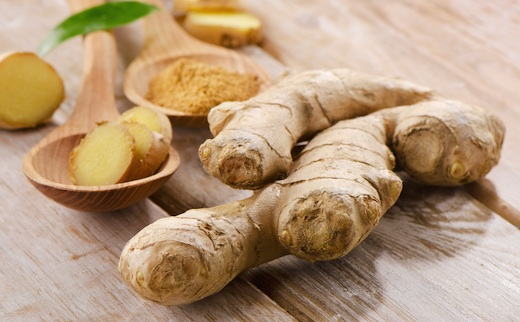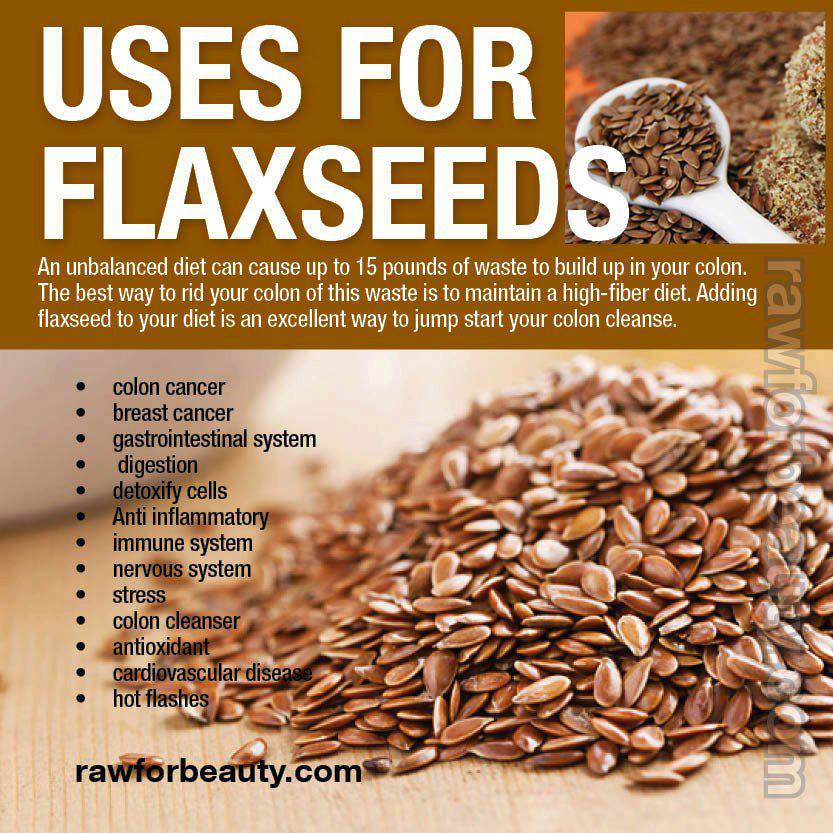Healthy Foods from A-Z, “G”
Good Morning Everyone!
We are on to the letter “G” in our journey through the alphabet of healthy foods!
Green Tea –

Green Tea is one the healthiest beverages on the planet. Not only is it loaded with antioxidants and nutrients, but it also improves brain function, increases fat loss, and helps lower your risk of cancer. Green tea has been shown to improve blood flow and lower cholesterol, which in turn prevents high blood pressure and promotes good heart health. What’s good for the heart is also good for the brain and green tea has been shown to help block the formation of plaques that are linked to Alzheimer’s disease.
Other important reasons to drink green tea:
- It is an anti-allergenic and may provide allergy relief
- It promotes healthy gums and teeth because it controls bacteria and prevents cavities
- It makes the skin more resistant to the damaging effects of UV rays and premature skin aging
Tips for drinking green tea:
- To obtain the full benefits of the antioxidants, drink green tea in between meals (e.g. at least 2 hours before or after your meals)
- Don’t drink it too early in the morning on an empty stomach because the caffeine in it can lead to dehydration and can cause stomach upset
- Avoid drinking it just before going to sleep at night as it may negatively affect your ability to sleep
For more information visit:
http://authoritynutrition.com/
Some great and healthy recipes for green tea include:
Green Tea Energy Drink – http://www.eatingwell.com/
Green Tea Detox Smoothie – http://hellonatural.co/spring-

Garlic –

Garlic has a universal status of being a powerful healer. It is a highly nutritious vegetable with very few calories. Most garlic in the United States is grown in northern California. Garlic is available year round, but is freshest between March and August. Garlic is available in forms other than fresh, such as powder, flakes, oil, and puree. Garlic can be a flavorful addition to your dish and also double as a valuable aid to your health.
Health benefits include:
- Aids in helping to fight the common cold by reducing the number of colds you get and the length of an already existing cold
- It can help increase exercise capacity and reduce exercise-induced fatigue
- It is filled with bone-healthy nutrients such as zinc, manganese, vitamin B6, and vitamin C
Storing and Cooking Tips:
- Unbroken garlic bulbs are good for up to 3 to 4 months
- Individual cloves are only good for 5 to 10 days
- Store garlic in a cool, dark and dry location
- Careful not to overcook or brown garlic when sautéing it in oil, it then becomes bitter and unpleasant tasting
For more information visit:
http://authoritynutrition.com/
1 tsp of Garlic = 4 calories with 1g of carbohydrates
For more nutritional information go to: http://nutritiondata.self.com/
Some great and healthy recipes for garlic include:
Garlic Parmesan Roasted Brussel Sprouts – http://www.joyinthejumble.com/

Garlic-Braised Chicken with Olives and Mushrooms – http://www.marthastewart.com/

Garlic Mashed Potatoes – http://www.food.com/recipe/

Ginger –

Ginger is a common ingredient in Asian and Indian cuisine. However, ginger has been used for its medicinal properties for centuries among many cultures. It contains anti-inflammatory compounds called gingerols. These substances are believed to explain why many people with rheumatoid arthritis experience improvements in their mobility and less pain when they consume ginger regularly.
Ginger has a long history of use for relieving:
- Digestive problems such as nausea
- Loss of appetite
- Motion sickness
- Pain
The root or underground stem of the ginger plant (pictured on the left) can be consumed fresh, powdered, dried as a spice, in oil form or as juice. Increasing consumption of plant foods like ginger decreases your risk of obesity, diabetes, and heart disease while promoting a healthy complexion and increased energy.
Quick Tip: Using fresh ginger is an easy way to flavor foods and drinks without adding unnecessary sodium. Since it is often consumed in such small amounts, ginger does not add significant quantities of calories, carbohydrates, protein or fiber.
For tips on how to properly peel and chop ginger, go to:
http://www.simplyrecipes.com/
For more information visit:
http://www.medicalnewstoday.
http://www.whfoods.com/
Some great and healthy recipes for ginger include:
Ginger Coconut Chicken – http://www.eatingwell.com/
Carrot Ginger Soup – http://www.simplyrecipes.com/






















